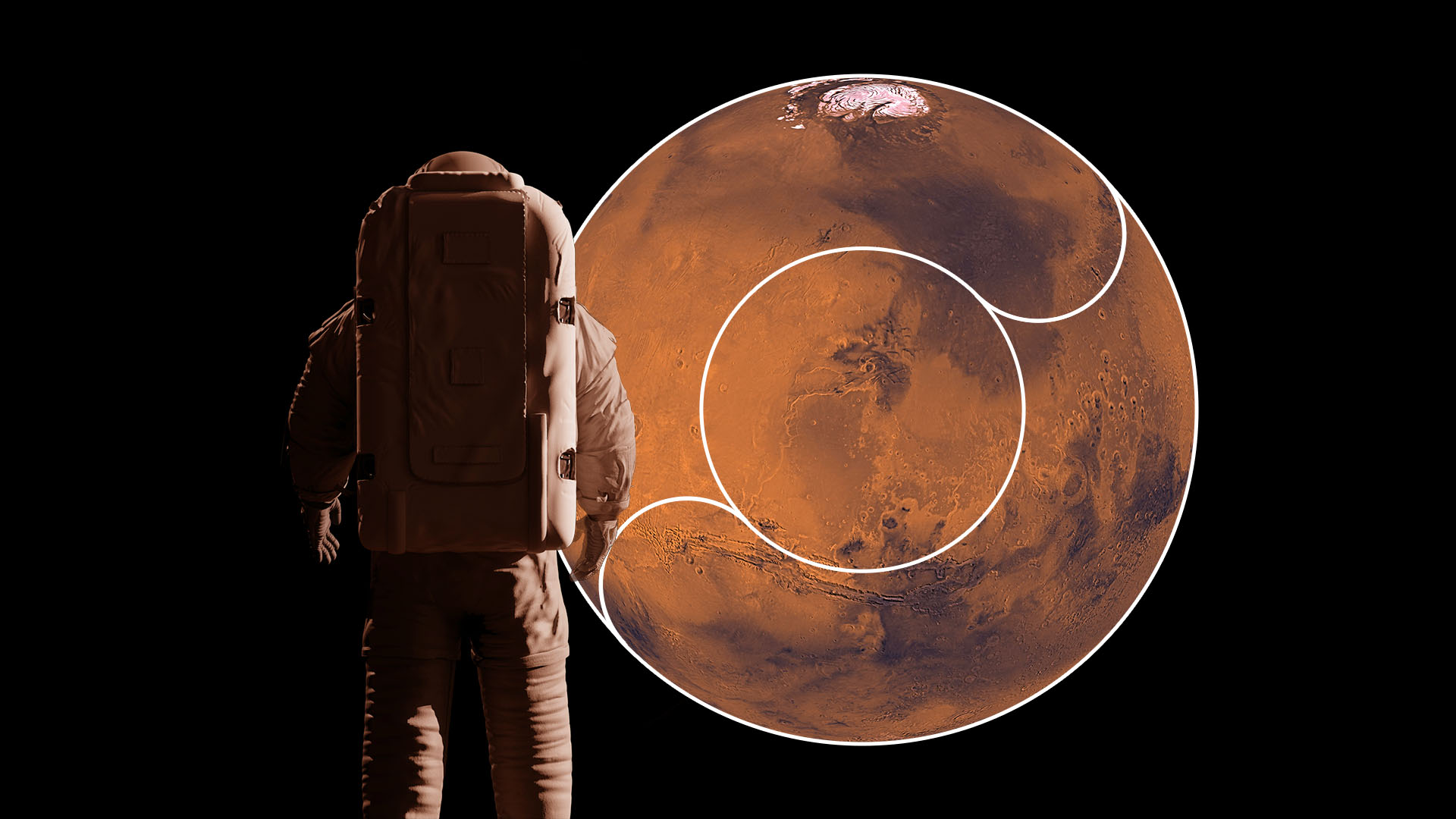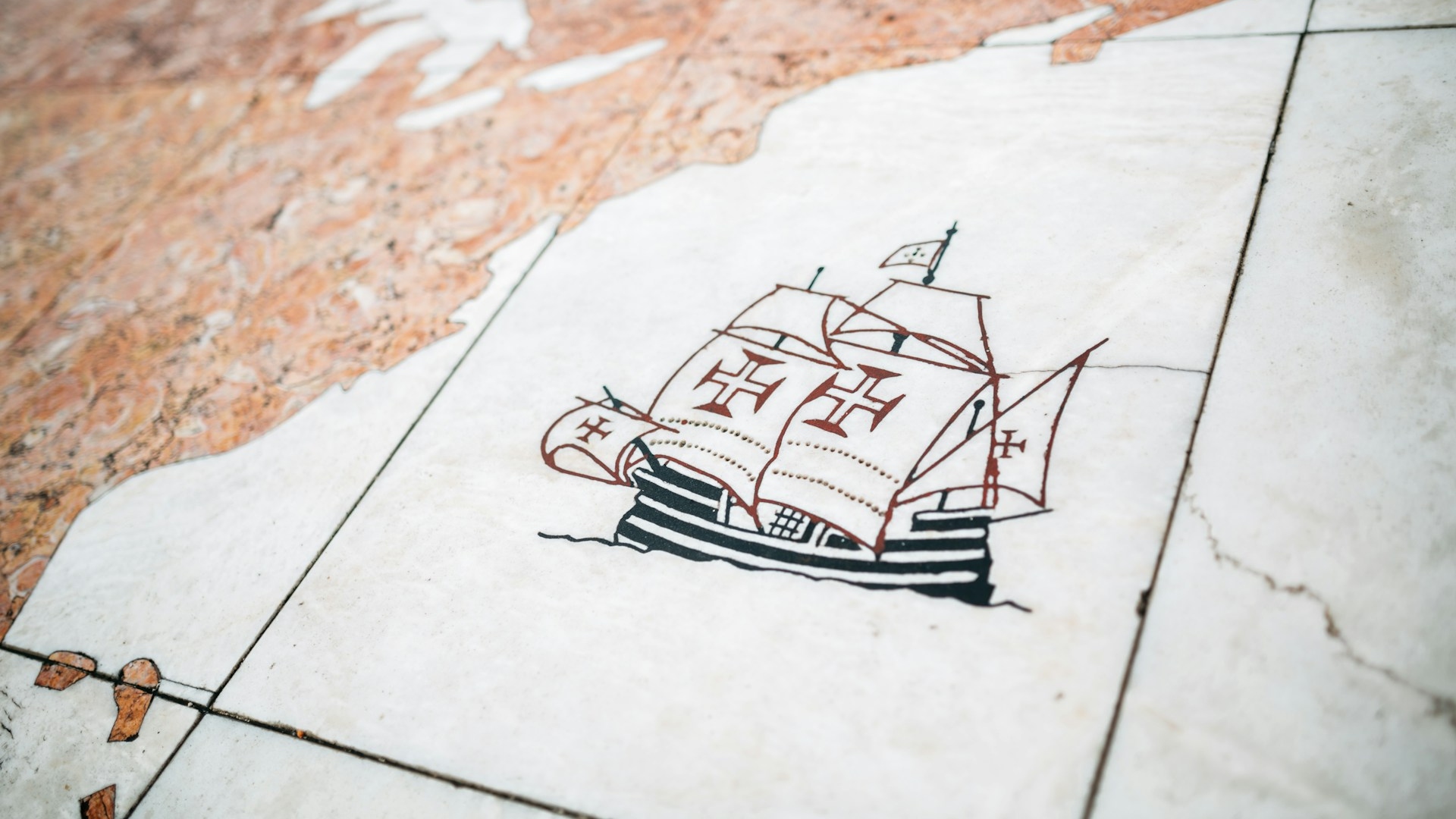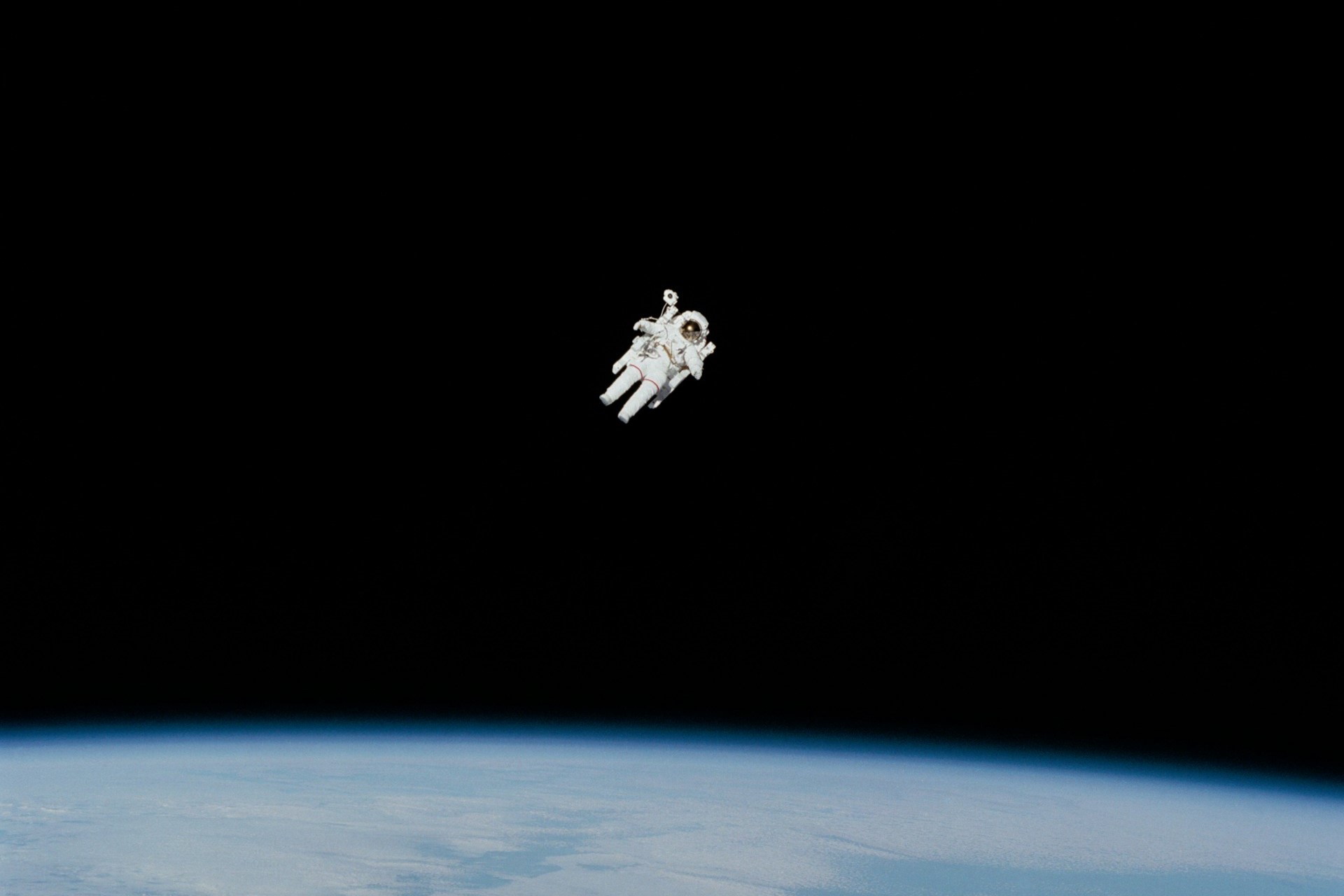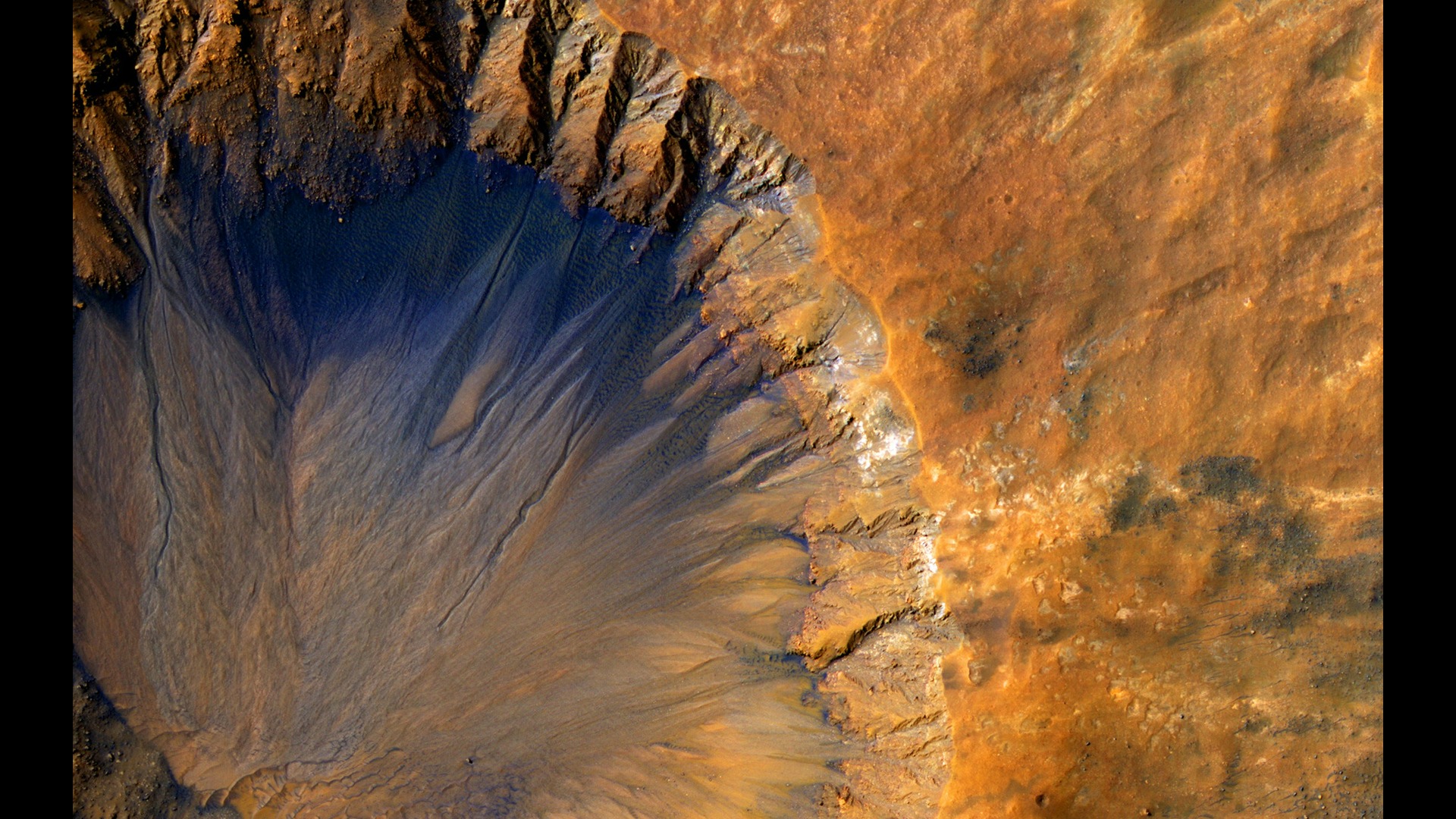
People Are Obsessed With Going to Mars
February 12, 2018 - Emily Newton
Revolutionized is reader-supported. When you buy through links on our site, we may earn an affiliate commission. Learn more here.
You’ve thought about living on Mars, right? If you haven’t, you’re not in the majority. The obsession with traveling to Mars isn’t a new phenomenon. NASA has been drafting plans to get the first humans to the red planet within the next few decades.
So when did our curiosity start, and what is this obsession’s probable outcome?
The History of Our Fixation on Mars
For the last 50 to 60 years, scientists and civilians alike have been obsessed with Mars. People have been curious enough to come up with a wide range of theories and rumors about the red planet. Some of them make us laugh today. Some we haven’t let go of.
In the 1950s and 60s, before the Mariner flybys proved us wrong, scientists believed both water and life existed on the planet. The main reason for the belief was the fact that Mars’ spectrum mimics the color of vegetation, which seemed to be evidence of chlorophyll.
The next logical leap from the idea of plants on the planet is that of aliens who could invade Earth at any moment to further their agenda, whatever that may be. Next comes Mars’ invasion of pop culture as we know it.
Mars and Pop Culture
It’s nearly impossible for anyone reading this to have avoided references to space in their daily entertainment. All the exciting theories and rumors about Mars throughout the years led to countless pop culture references that thrive to this day. We fear — but also love — the idea of aliens and Martians, which is why they show up in so much of our content. Movies like “E.T.” and “Close Encounters of the Third Kind” have terrified and excited viewers for decades.
Today, some of our favorite science fiction shows, books and movies have been catching people’s attention with a twist. An interesting change in our mindset is beginning to surface in our popular culture. Aliens aren’t invading Earth in media as much as we’re exploring and inhabiting other planets — think “The Martian.”
Following the lead of LEGO and Barbie, the new American Girl doll is even space-themed: An 11-year-old girl named Luciana Vega aspires to be the first astronaut to reach Mars. The doll, her backstory and her gear took collaboration between the company, NASA and a panel of scientists and astronauts.
What We Actually Know
Scientists’ ongoing research about the red planet will help future missions going to Mars. The following are the crafts we’ve sent to the red planet so far:
- Mariner 3 and 4: These spacecraft, deployed in 1964, were identical — created to complete the first Mars flybys. Mariner 3 did not make it, and 4 successfully embarked on an eight-month trip.
- Mariner 6 and 7: In 1969, these spacecraft completed the first ever dual mission to Mars. They analyzed the planet’s surface and atmosphere with remote sensors. They also recorded and relayed hundreds of pictures to us.
- Mariner 8 and 9: The third and final pair of Mars missions in the Mariner series from NASA in the 1960s and early 70s, these two spacecraft had opposite fates. Mariner 8 failed during launch, whereas 9 became the first artificial Mars satellite when it arrived and entered orbit.
- Viking: Launched in 1976, the public will forever remember NASA’s Viking Project as a historic mission that resulted in the first safe landing of any spacecraft on another planet’s surface. Engineers built two identical spacecraft with a lander and orbiter, and both descended to the surface of Mars.
- Mars Observer: In 1992, the United States launched the Mars Observer. This probe was based on an Earth-orbiting, commercial communications satellite that engineers adapted into an orbiter meant for Mars. The mission was to study the geophysics, climate and geology of the planet. However, we lost contact with the spacecraft soon before its predicted date to enter Mars’ orbit.
- Mars Pathfinder: Made of a lander and the Sojourner rover, the Mars Pathfinder gave us unprecedented amounts of new data after its 1996 launch. It explored an ancient flood plain in the northern hemisphere of Mars — Ares Vallis.
- Mars Climate Orbiter: This piece, launched in 1998, was supposed to function as a communications relay for the Mars Polar Lander and an interplanetary weather satellite. It was lost on arrival, and engineers concluded that it burned up.
- Mars Polar Lander/Deep Space 2: This mission was to set a spacecraft in the frigid terrain close to the edge of Mars’ south polar cap. The craft was supposed to dig for ice using a robotic arm. Both spacecraft were lost at arrival.
- Mars Global Surveyor: After launch in 1996 and arrival in 1997, this spacecraft operated at Mars longer than any other in history. It lasted more than four times longer than planned. It returned detailed information that has completely changed our understanding of the red planet.
- Phoenix: This spacecraft landed successfully on the north polar region of Mars with a mission to dig up and then analyze icy soil. Its launch was in 2007, and its arrival was in 2008. It carries a suite of improved instruments for its purposes.
Plans to Get Further Into Space?
The International Space Station undoubtedly puts its inhabitants farther away from our beloved Earth than most would ever feel comfortable with — 240 miles above our surface, to be exact. However, it’s going to retire in 2028. The new proposed mission, dubbed the Deep Space Gateway, will work more like a home away from home…away from home. It will orbit the moon a quarter of a million miles from Earth, a thousand times further away than the ISS.
From that far away, instead of seeing the lights of our looming cities like astronauts in the ISS do now, inhabitants of the DSG would see only a thumbs-width planet from afar. The DSG would bring a unique set of challenges humanity hasn’t faced before, even in the realm of space travel. This type of space travel will surely have psychological effects on passengers due to loneliness and isolation. It’s also a more dangerous mission, as it would take much longer for help to arrive if something went wrong.
So why do it? Different people have different theories. However, many believe that it’s an attempt to prepare ourselves to reach deep space and the red planet. Space exploration has always inspired us. We’ll be able to gain experience from the cis-lunar space near the moon for missions that push farther into the solar system. Eventually, we’ll go to Mars. Many people believe we’ll be ready to send explorers to Mars within the next 15 years.
It looks like all this obsession might just pay off when we see the first group of people touch down on the red planet. Have your own theories about our space-traveling future? Let us in on your ideas!
Revolutionized is reader-supported. When you buy through links on our site, we may earn an affiliate commission. Learn more here.
Author
Emily Newton
Emily Newton is a technology and industrial journalist and the Editor in Chief of Revolutionized. She manages the sites publishing schedule, SEO optimization and content strategy. Emily enjoys writing and researching articles about how technology is changing every industry. When she isn't working, Emily enjoys playing video games or curling up with a good book.







